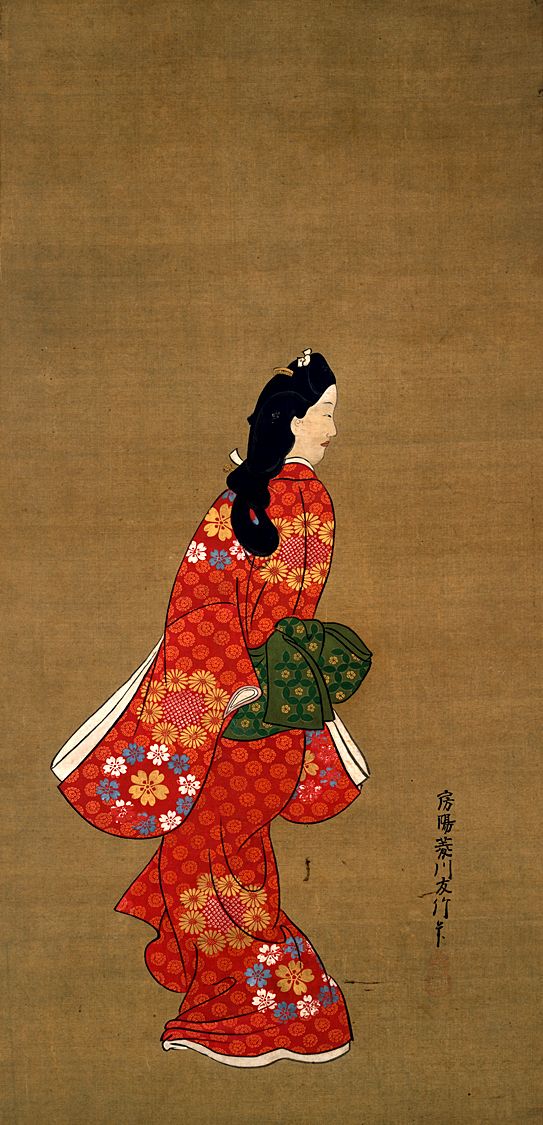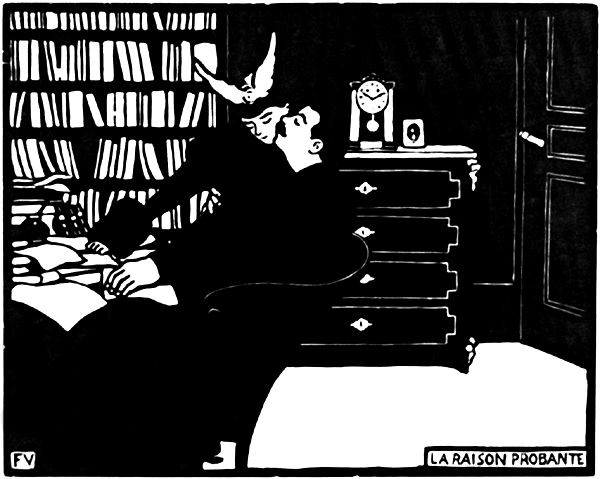|
Omocha-e
Omocha-e (, "toy prints") is a genre of Japanese woodblock prints ukiyo-e created as picture books and toys for children. The genre was considered inferior to prints of kabuki actors (yakusha-e) or prints with beautiful women (bijin-ga). There were many types of Omocha-e, including paper dolls to be dressed (kisekae-e), matching-picture games (e-awase), board games (such as sugoroku (literally 'double six') refers to two different forms of a Japanese board game: ''ban-sugoroku'' (盤双六, 'board-sugoroku') which is similar to western tables games like backgammon, and ''e-sugoroku'' (絵双六, 'picture-sugoroku') which i ...), dioramas to be cut out and assembled (tatebanko or kumitate-e), and encyclopedic compilations (monozukushi). File:Album,_print_(BM_1915,0823,0.388_3).jpg, Omocha-e with horses File:NDL-DC_1310622-Utagawa_Yoshifuji-仮名手本忠臣双六-crd.jpg, Omocha-e from the picture album "Sugoroku" File:NDL-DC_1310684-Utagawa_Yoshifuji-玉尽年玉寿古六-� ... [...More Info...] [...Related Items...] OR: [Wikipedia] [Google] [Baidu] |
Ukiyo-e
is a genre of Japanese art that flourished from the 17th through 19th centuries. Its artists produced woodblock printing, woodblock prints and Nikuhitsu-ga, paintings of such subjects as female beauties; kabuki actors and sumo wrestlers; scenes from history and folk tales; travel scenes and landscapes; Flora of Japan, flora and Wildlife of Japan#Fauna, fauna; and Shunga, erotica. In 1603, the city of Edo (Tokyo), Edo (Tokyo) became the seat of the ruling Tokugawa shogunate. The class (merchants, craftsmen and workers), positioned at the bottom of Four occupations, the social order, benefited the most from the city's rapid economic growth. They began to indulge in and patronize the entertainment of kabuki theatre, geisha, and oiran, courtesans of the Yūkaku, pleasure districts. The term ('floating world') came to describe this hedonistic lifestyle. Printed or painted ukiyo-e works were popular with the class, who had become wealthy enough to afford to decorate their homes wit ... [...More Info...] [...Related Items...] OR: [Wikipedia] [Google] [Baidu] |
Yakusha-e
''Yakusha-e'' (役者絵), often referred to as "actor prints" in English, are Japanese woodblock prints or, rarely, paintings, of kabuki actors, particularly those done in the ''ukiyo-e'' style popular through the Edo period (1603–1867) and into the beginnings of the 20th century. Most strictly, the term ''yakusha-e'' refers solely to portraits of individual artists (or sometimes pairs, as seen in this work by Sharaku). However, prints of kabuki scenes and of other elements of the world of the theater are very closely related, and were more often than not produced and sold alongside portraits. ''Ukiyo-e'' images were almost exclusively images of urban life; the vast majority that were not landscapes were devoted to depicting courtesans, sumo, or kabuki. Realistic detail, inscriptions, the availability of playbills from the period, and a number of other resources have allowed many prints to be analyzed and identified in great detail. Scholars have been able to identify the sub ... [...More Info...] [...Related Items...] OR: [Wikipedia] [Google] [Baidu] |
Bijin-ga
is a generic term for pictures of beautiful women () in Japanese art, especially in woodblock printing of the ukiyo-e genre. Definition defines as a picture that simply "emphasizes the beauty of women", and the ''Shincho Encyclopedia of World Art'' defines it as depiction of "the beauty of a woman's appearance". On the other hand, defines as pictures that explore "the inner beauty of women". For this reason, the essence of cannot always be expressed only through the depiction of a , a woman aligning with the beauty image. In fact, in ukiyo-e , it was not considered important that the picture resemble the facial features of the model, and the depiction of women in ukiyo-e is stylized rather than an attempt to create a realistic image; For example, throughout the Edo period (1603–1867), married women had a custom of shaving their eyebrows (), but in , there was a rule to draw the eyebrows for married women. History Ukiyo-e itself is a genre of woodblock prints and pa ... [...More Info...] [...Related Items...] OR: [Wikipedia] [Google] [Baidu] |
Sugoroku
(literally 'double six') refers to two different forms of a Japanese board game: ''ban-sugoroku'' (盤双六, 'board-sugoroku') which is similar to western tables games like backgammon, and ''e-sugoroku'' (絵双六, 'picture-sugoroku') which is similar to Western snakes and ladders. Ban-sugoroku ''Ban-sugoroku'' is played in a similar way to western tables games. It has the same starting position as backgammon, but the aim and rules of play are different. For example: * Doubles are not special. If a player rolls doubles, each die still counts only once. * There is no "bearing off". The goal is to move all of one's men to within the last six spaces of the board. * There is no doubling cube. * "Closing out", that is forming a prime of six contiguous points with one or more of opponents men on the bar, is an automatic win. The game is thought to have been introduced from China (where it was known as Shuanglu) into Japan in the sixth century. It is known that in the centuries ... [...More Info...] [...Related Items...] OR: [Wikipedia] [Google] [Baidu] |
Utagawa Yoshifuji
Utagawa Yoshifuji (, real name Nishimura Tōtarō (); 1828–1887) was a Japanese ukiyo-e master of the late Edo and early Meiji periods. Yoshifuji was a pupil of Utagawa Kuniyoshi of the Utagawa school. He became known for omocha-e prints made for children. File:Yoshifuji_Engländer.jpg, "Englishman", Yokohama-e style File:Utagawa_Yoshifuji_-_New_Patterns_for_Summer_Costumes.jpg, New Patterns for Summer Costumes, omocha-e Omocha-e (, "toy prints") is a genre of Japanese woodblock prints ukiyo-e created as picture books and toys for children. The genre was considered inferior to prints of kabuki actors (yakusha-e) or prints with beautiful women (bijin-ga). There we ... style File:Utagawa_Yoshifuji_-_Cats_in_backstage_at_Kabuki_theater.jpg, Cats in backstage at Kabuki theater File:Utagawa_Yoshifuji_-_Onzôshi_Ushiwakamaru_and_Musashibô_Benkei_on_Gojô_Bridge.jpg, Onzôshi Ushiwakamaru and Musashibô Benkei on Gojô Bridge File:Utagawa_Yoshifuji_-_Morozumi_Bungo_no_kami_Masamori ... [...More Info...] [...Related Items...] OR: [Wikipedia] [Google] [Baidu] |
Ukiyo-e
is a genre of Japanese art that flourished from the 17th through 19th centuries. Its artists produced woodblock printing, woodblock prints and Nikuhitsu-ga, paintings of such subjects as female beauties; kabuki actors and sumo wrestlers; scenes from history and folk tales; travel scenes and landscapes; Flora of Japan, flora and Wildlife of Japan#Fauna, fauna; and Shunga, erotica. In 1603, the city of Edo (Tokyo), Edo (Tokyo) became the seat of the ruling Tokugawa shogunate. The class (merchants, craftsmen and workers), positioned at the bottom of Four occupations, the social order, benefited the most from the city's rapid economic growth. They began to indulge in and patronize the entertainment of kabuki theatre, geisha, and oiran, courtesans of the Yūkaku, pleasure districts. The term ('floating world') came to describe this hedonistic lifestyle. Printed or painted ukiyo-e works were popular with the class, who had become wealthy enough to afford to decorate their homes wit ... [...More Info...] [...Related Items...] OR: [Wikipedia] [Google] [Baidu] |
Printmaking
Printmaking is the process of creating work of art, artworks by printing, normally on paper, but also on fabric, wood, metal, and other surfaces. "Traditional printmaking" normally covers only the process of creating prints using a hand processed technique, rather than a photographic reproduction of a visual artwork which would be printed using an electronic machine (Printer (computing), a printer); however, there is some cross-over between traditional and digital printmaking, including risograph. Prints are created by transferring ink from a Matrix (printing), matrix to a sheet of paper or other material, by a variety of techniques. Common types of matrices include: metal plates for engraving, etching and related intaglio printing techniques; stone, aluminum, or polymer for lithography; blocks of wood for woodcuts and wood engravings; and linoleum for linocuts. Screens made of silk or synthetic fabrics are used for the screen printing process. Other types of matrix substrates ... [...More Info...] [...Related Items...] OR: [Wikipedia] [Google] [Baidu] |



